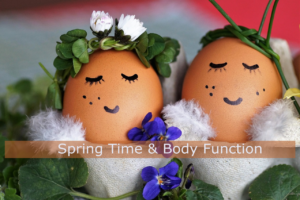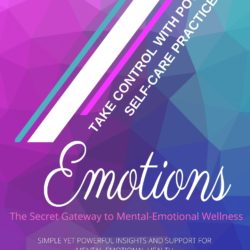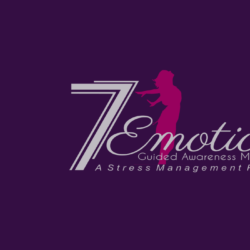Emotions can tell us a lot about how the body is functioning health-wise. Think of emotions as energy patterns. Qi or functional energy is supposed to flow smoothly within the body unobstructed. When there is pain or dysfunction there is a block to the body’s functional energy. Emotions are normal but being in any emotional state for too long can cause an imbalance in health. Anger is a rising energy pattern. Sadness is a collapsing energy pattern. Worry is an ongoing and draining pattern with no end. Fear can stagnate and disperse functional energy. Anxiety has a rising and unsettling effect on energy. Depression tends to sink and weigh down energy. mental-emotional stress in general is constricting. I think this type of stress tends to be chaotic causing the manifestation of chaotic signs and symptoms in the body that often adds confusion for the patient in treatment choices. Patients react by chasing symptoms of stress such as headaches, weight gain, and fatigue instead of going after the root of the problem which is stress itself.
Different emotions under the scope of Traditional Chinese Medicine corresponds to different organ systems. Anger affects the liver and gall bladder. Fear affects the kidneys and urinary bladder. Sadness affects the lungs. The collapsing tendency of sadness works against and impedes the lungs functional effort to expand during inhalation. Excessive experiences of sadness can manifest into imbalances in the respiratory system and surrounding tissue like breast cancer as an example.
Finding balance in emotional health can require more medical help. It’s important to understand emotions are natural but any prolonged emotional state can put a strain on one’s health. In general when it comes to emotions and keeping the qi flowing it’s best to let them flow but then let them go.
If you’d like to understand more about Traditional Chinese Medicine and emotional imbalances for yourself consider calling the office 401-219-6446 to schedule an evaluation.
Look for the next article on Key Points for Health – Part 5 Appetite









